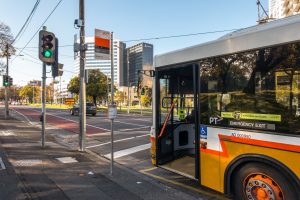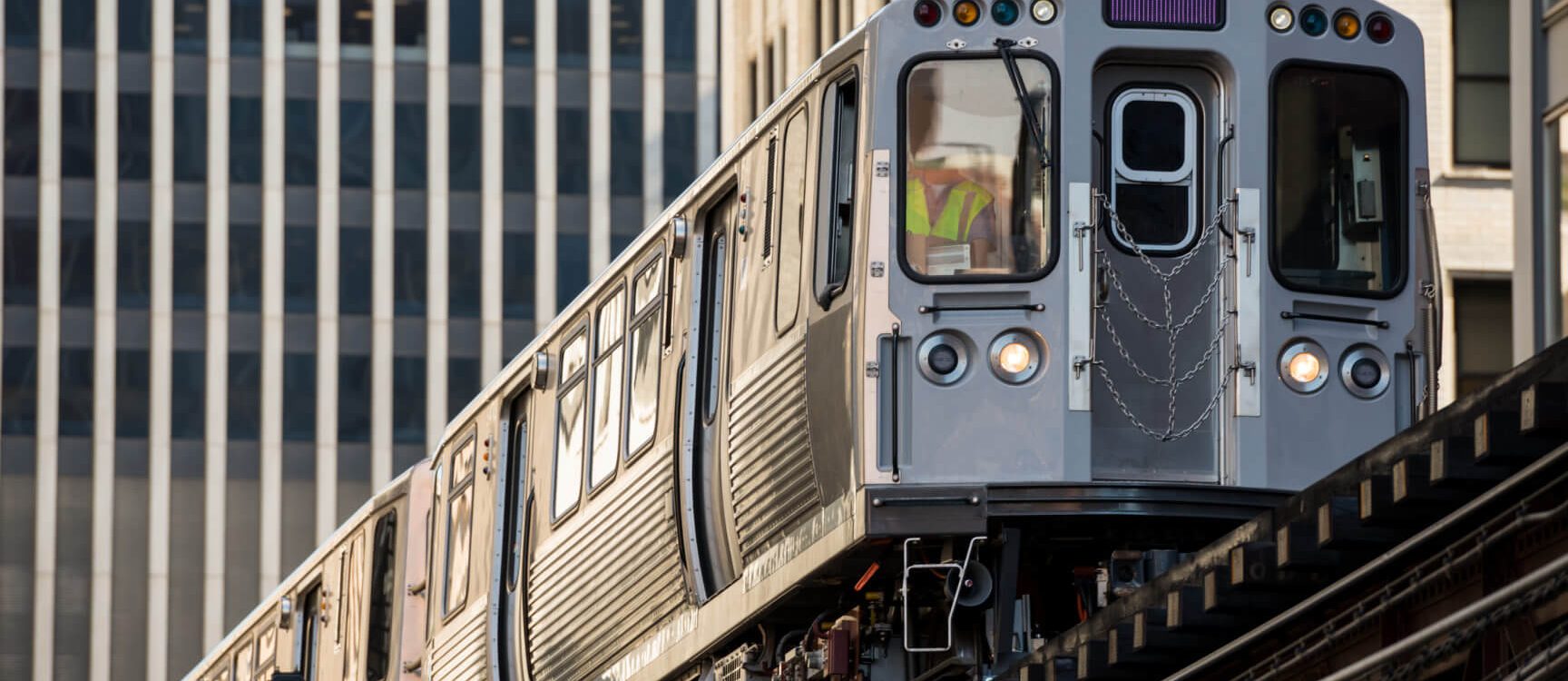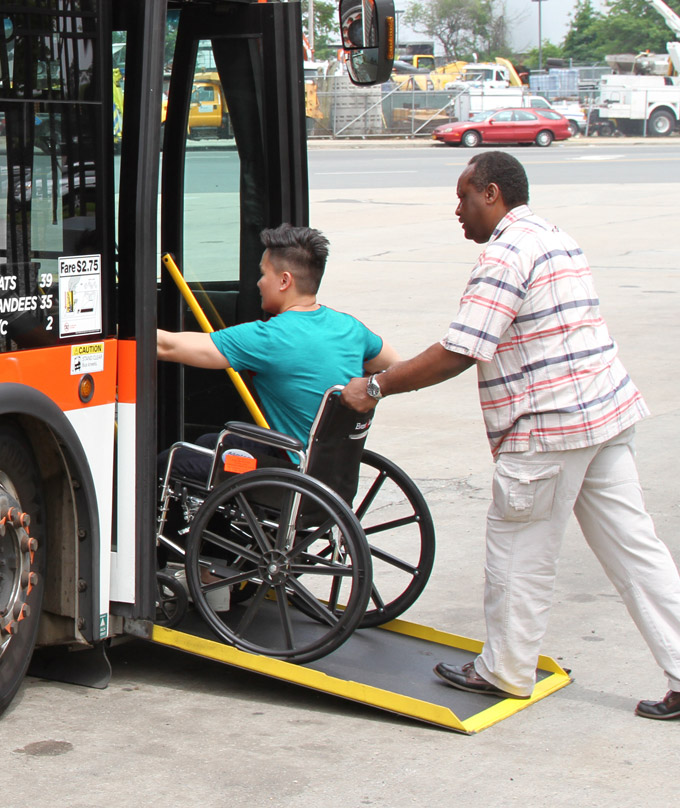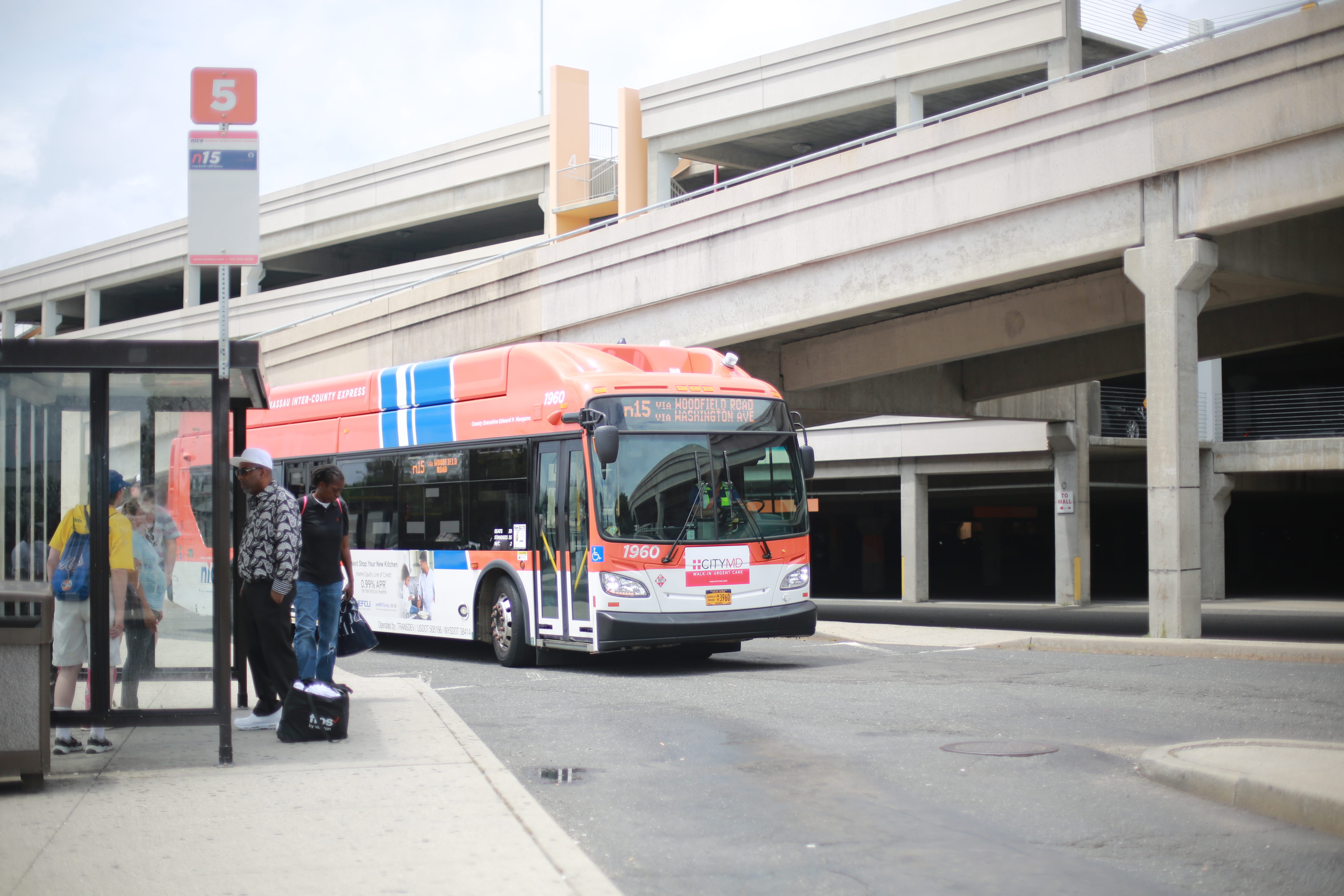 There is nothing more important than the safety and security of your passengers, operators and the pedestrians you encounter on the street. It’s quite likely that you’re already using Intelligent Transportation System (ITS) technology in a multitude of ways to help make traveling more reliable, accessible and safe for all passengers. Throughout your system, ITS technology is likely already providing fleet management, real-time bus arrival predictions, stop announcements, and other features and functions that improve service and help your customers navigate their journey. That’s nothing new. But, what if you could leverage that same technology to further improve safety for your bus operators by providing audible alerts to remind them to engage the parking brake before exiting the bus, ensuring that an unmanned bus can’t roll through your city streets endangering all in its path?
There is nothing more important than the safety and security of your passengers, operators and the pedestrians you encounter on the street. It’s quite likely that you’re already using Intelligent Transportation System (ITS) technology in a multitude of ways to help make traveling more reliable, accessible and safe for all passengers. Throughout your system, ITS technology is likely already providing fleet management, real-time bus arrival predictions, stop announcements, and other features and functions that improve service and help your customers navigate their journey. That’s nothing new. But, what if you could leverage that same technology to further improve safety for your bus operators by providing audible alerts to remind them to engage the parking brake before exiting the bus, ensuring that an unmanned bus can’t roll through your city streets endangering all in its path?
One operator could certainly have used this reminder when he forgot to engage his parking brake before exiting his vehicle. Not only did he suffer significant injuries when his bus began to roll backward and he unsuccessfully attempted to stop it, but the runaway vehicle also caused severe damage to parked cars and property. Luckily, no pedestrians were hurt, but when the local news picked up the story, the agency had a public relations nightmare on its hands.
And, unfortunately, it wasn’t an isolated incident. In 2017, this agency experienced several highly publicized runaway bus incidents. Buses were videotaped rolling downhill, injuring operators and causing massive property damage to vehicles and buildings in their path. How could this happen?
In all cases, the operators had exited their buses to go on break and were following the common practice of walking around the front of the vehicle and reaching in through the driver’s side window to close the doors. This is done all the time as it’s the only way to actually close the doors on the bus to ensure that riders cannot board the unmanned vehicle.
The problem occurs when the operator believes the parking brake is engaged when, in fact, the interlock is engaged while the doors are open. Only once the doors are closed does it become obvious that the parking brake is not engaged and the bus is free to roll. Left in neutral, on a relatively slight incline, the weight of the bus is sufficient to build considerable momentum. The fact that this situation doesn’t happen more often is actually quite remarkable and a testament to the professionalism and diligence of bus operators everywhere.
In this case, Clever Devices partnered with the agency to solve this issue by implementing a proactive audible announcement to serve as a reminder to the operator. When an operator parks the bus without engaging the parking brake, a persistent audible alert is triggered by the system to announce that the “parking brake is off” before the driver can leave the vehicle. The system is designed so the audible alert can be triggered using different parameters, and can play any custom audio announcement desired.
Agencies have a duty to the public and their operators to increase the safety and security of their vehicles by any means available. An unsecured bus that causes an accident can inflict significant damage to life and property and by proxy, the agency’s reputation with its riders.
Clever Devices’ solutions enable you to react to real-time emergencies, reduce accidents and improve the safety and security of your passengers and employees. Learn more about our safety and security solutions here.






 But, let’s think about this. Let’s consider what could have happened? Forget the fact that without proper training, driving a mass transit vehicle is near impossible; the potential for endangering pedestrians, other drivers and property is very real. But, what if the thief has darker motivations. What if their plan included creating harm to themselves or worse, to others. What if the buses they chose to drive away with were filled with unsuspecting passengers? What if they considered a public bus the perfect weapon?
But, let’s think about this. Let’s consider what could have happened? Forget the fact that without proper training, driving a mass transit vehicle is near impossible; the potential for endangering pedestrians, other drivers and property is very real. But, what if the thief has darker motivations. What if their plan included creating harm to themselves or worse, to others. What if the buses they chose to drive away with were filled with unsuspecting passengers? What if they considered a public bus the perfect weapon? nce with anything more than a wooden barricade. 84 people were killed. As France mourned, other cities took notice. This past New Year’s in New York City’s Times Square, every street in the area was blocked off by large 16-ton garbage trucks filled with almost that much sand. Strategically parked, they shielded revelers from prospective rogue vehicles driven by someone with depraved intentions.
nce with anything more than a wooden barricade. 84 people were killed. As France mourned, other cities took notice. This past New Year’s in New York City’s Times Square, every street in the area was blocked off by large 16-ton garbage trucks filled with almost that much sand. Strategically parked, they shielded revelers from prospective rogue vehicles driven by someone with depraved intentions.